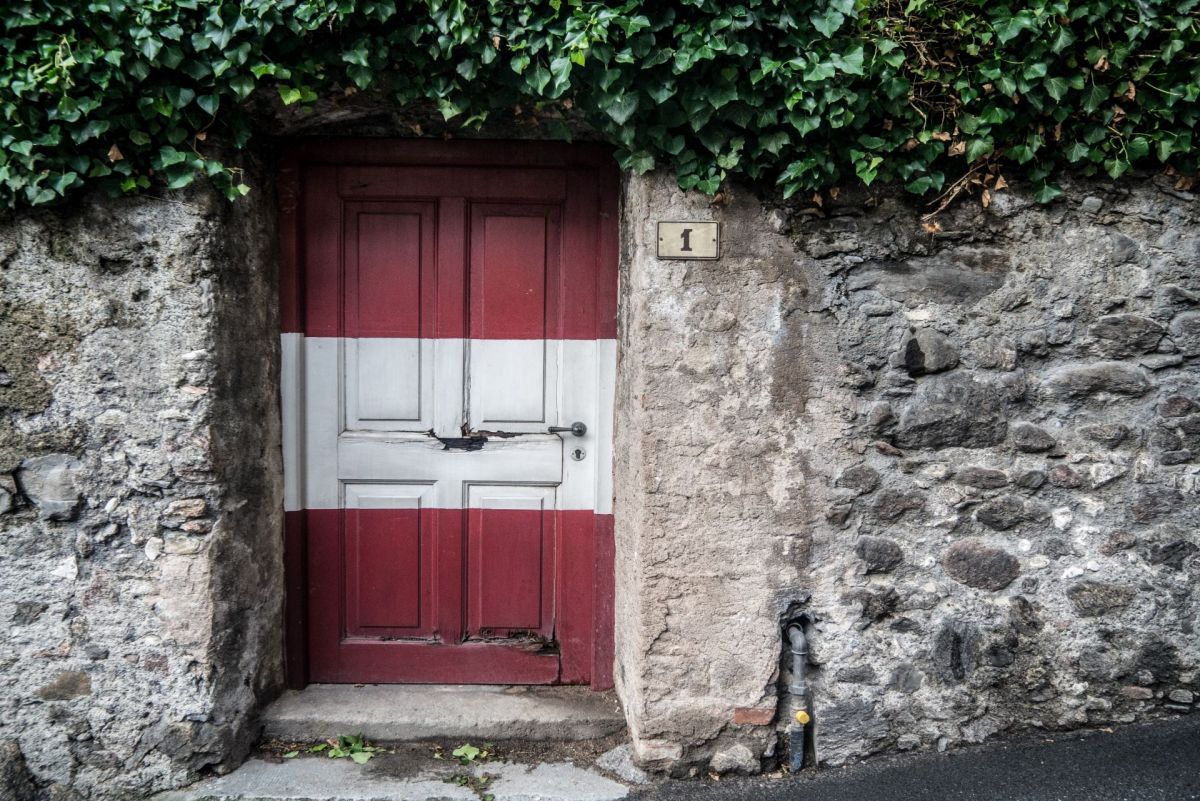Checklist Red-White-Red Card

The Red-White-Red Card celebrated its 10th birthday in July 2021. It is, therefore, time to review whether the goal pursued with it, namely to bring qualified workers to Austria on the basis of objective criteria, has actually been achieved or whether it has merely created an administrative hurdle race for immigrants willing to integrate.
Why Red-White-Red Card?
With the introduction of the Red-White-Red Card in 2011, the Austrian legislator wanted to create a new and more flexible way to bring skilled workers to Austria than it had been possible with the rigid system of key workers until then. A major innovation at that time was that highly qualified workers were also allowed to enter Austria with a job-seeker visa in order to look for a job here.
The issuance of residence permits was to be based on objective criteria such as the impact of the Austrian labour market, the economic performance of the national economy, and the expected integration ability of the immigrants.
Red-White-Red Card for whom?
The aim of the new regulations was to provide access to the Austrian labour market for highly qualified key workers, skilled workers in shortage occupations, and graduates of Austrian universities who originate from third countries, in order to cover areas in which a labour shortage cannot be met by the labour potential available domestically.
How many red-white-red Cards?
Since 2020 was an exceptional year in every respect, the establishment and residence statistics of the Ministry of the Interior for 2019 must be used to answer this question in the most objective way possible.
In 2019, there were almost half a million valid residence titles in Austria, over 60% of which were “EU permanent residence titles”, i.e. the residence title that forms the final stage on the path to integration (after that, there is only the possibility to apply for Austrian citizenship). Another 20% of the residence titles were the Red-White-Red Card Plus and only slightly more than 1% of all residence titles in 2019 were a “simple” Red-White-Red Card.
Of these Red-White-Red Cards, the largest share, more than half, was issued to other key workers, while the smallest share, not even 2%, was issued to self-employed key workers and start-up founders.
Is the Red-White-Red Card a success?
If you look at the bare figures, the answer to this question must clearly be no. Even though the Red-White-Red card aims at the immigration of as many highly skilled workers as possible to Austria, almost 10 years after its introduction it remains only an option for the elite of immigrants and thus for a few who are able to meet the high requirements that applying for a Red-White-Red Card imposes on them. Most of the initial applications for a residence title in 2019 were for a “family member” residence title, i.e., a residence title in which the applicant’s right of residence is granted based on the right of residence of a close relative and not on the applicant’s individual professional qualifications.
Nonetheless, the Red-White-Red card offers a sensibly coordinated model that provides those willing to immigrate and integrate with the opportunity to secure a right of residence in Austria through professional qualifications.
An overview of the possibilities to obtain a Red-White-Red Card can be found here:
© Dr. Alexander Raidl. All rights reserved.
Powered by Nail It.
